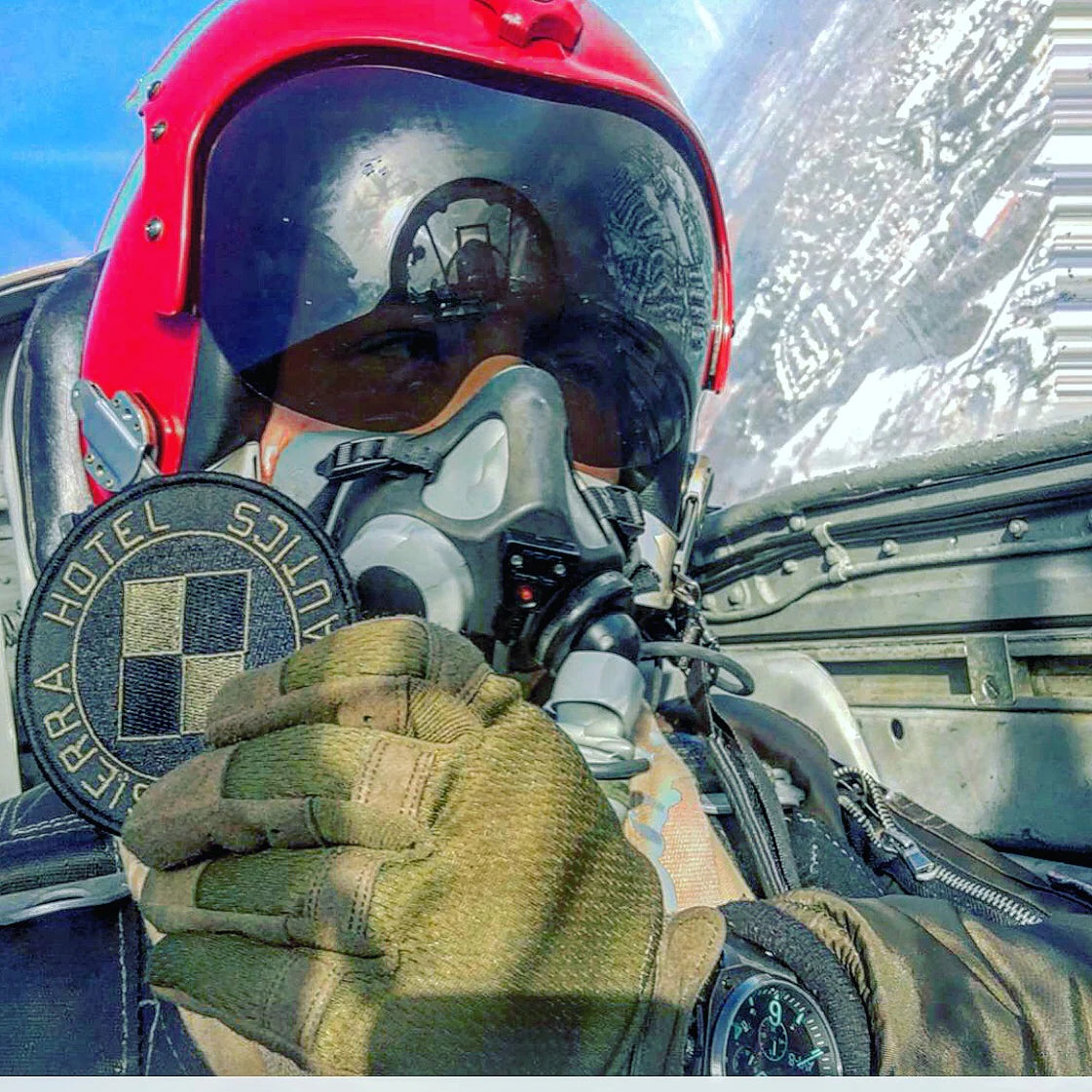Comet Shoemaker–Levy 9

July 16th, 1994; We witnessed the largest collision/explosion ever witnessed by mankind. and no, it was not due to the alluvium Q-36 explosive space modulator, but instead, a rock, the size of Mt Everest moving at 60 kilometres per second(Yes you read that right), whose impact caused an explosion of energy equivalent to 6,000,000 megatons of TNT(Yes, you read that right too), a fireball larger than our planet, and a temperature of 24000K. The scars to the planet's surface measured as much as 12,000 kilometres across.(Almost the equivalent of three Earths)
Comet Shoemaker–Levy 9 was a comet that broke apart and collided with Jupiter in July 1994, providing the first direct observation of an extraterrestrial collision of Solar System objects. The colossal collision provided new insights about Jupiter and highlighted its role of being the vacuum cleaner/lifeguard protecting the inner Solar System....including us here on Earth!
Comet Shoemaker–Levy 9 was discovered by astronomers Carolyn and Eugene M. Shoemaker and David Levy and was located on the night of March 24, 1993, at the Schmidt telescope at the Palomar Observatory in California.

It was determined that the entire process began 20 – 30 years earlier when the comet was captured by the planet, and eventually strayed too close to Jupiter itself, breaking it apart and pulling it into a string fragments.
Finally, on July 16, 1994, the first impact occurred at 20:13 UTC, when fragment A of the nucleus entered Jupiter's southern hemisphere at a speed of about 60 km/s. The ensuing fireball reached a peak temperature of about 24,000 K, before expanding and cooling rapidly to about 1500 K after 40 s. The plume from the fireball quickly reached a height of over 3,000 km.
Observers soon saw a huge dark spot after the first impact. The spot was visible even in very small telescopes and was about 3,700 miles (one Earth radius) across.
Over the next 6 days, 21 distinct impacts were observed, with the largest coming on July 18 at 07:33 UTC when fragment G struck Jupiter. This impact created a giant dark spot over 12,000 km across and was estimated to have released an energy equivalent to 6,000,000 megatons of TNT (600 times the world's nuclear arsenal).
Two impacts 12 hours apart on July 19 created impact marks of similar size to that caused by fragment G, and impacts continued until July 22, when fragment W struck the planet.
Enormous shock waves from the collisions generated by the collisions swept across the planet at speeds of 450 m/s (1,476 ft/s) and were observed for over two hours after the largest impacts.

Jupiter in its true form, simply shook off the impacts, and it became nothing more than a blemish that faded in a few weeks. The only true long-term effect of the event is it allowed scientists a closer look at the chemical and physical composition of the Planets atmosphere, as well as its water content.
Finally, the collisions gave the Jovian planet the full credit it deserved being the safety net for our little planet. The extinction of the dinosaurs at the end of the Cretaceous period is generally believed to have been caused by the Cretaceous–Paleogene impact event which created the Chicxulub crater, demonstrating that at any given moment, we are exposed to the threat of mass planetary-wide extinction. Thankfully due to our big brother, we have lasted long enough to possibly take over the role of protecting our own planet.
Chilling to think what would happen if that comet of that size had hit Earth instead.












Leave a comment